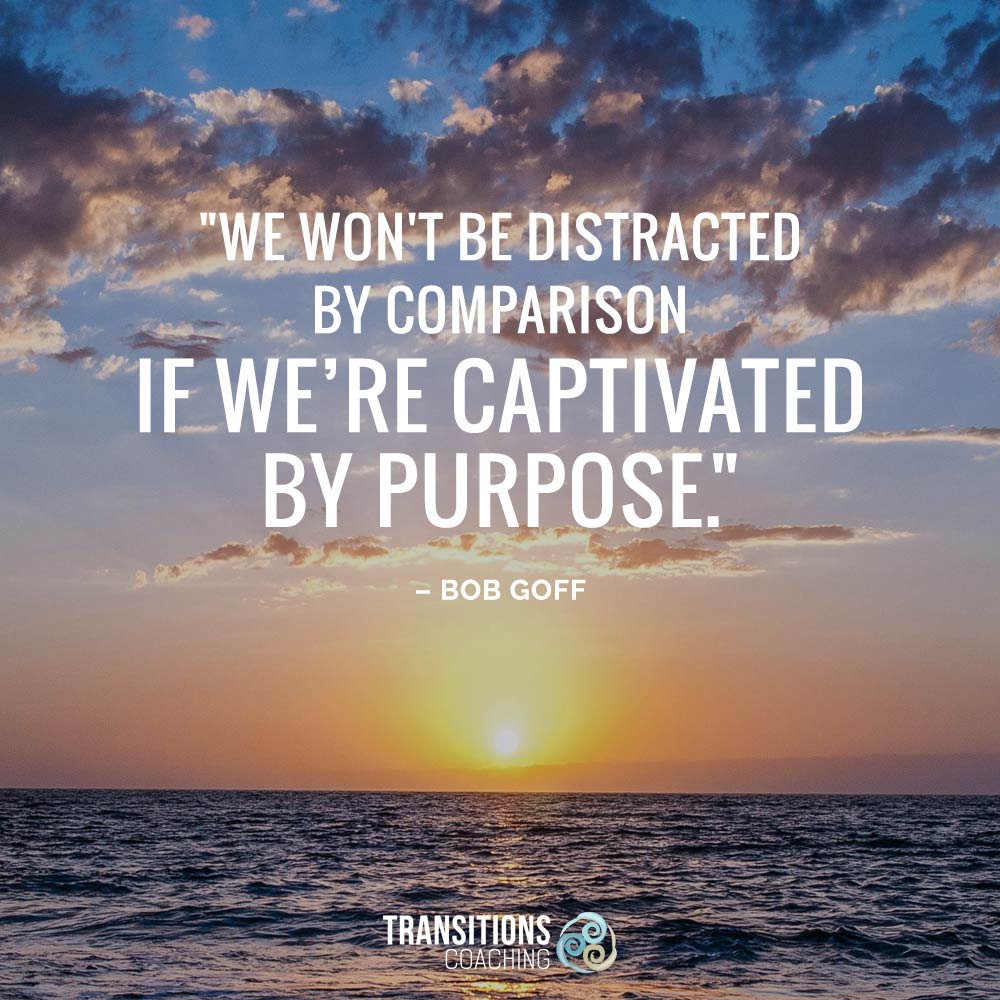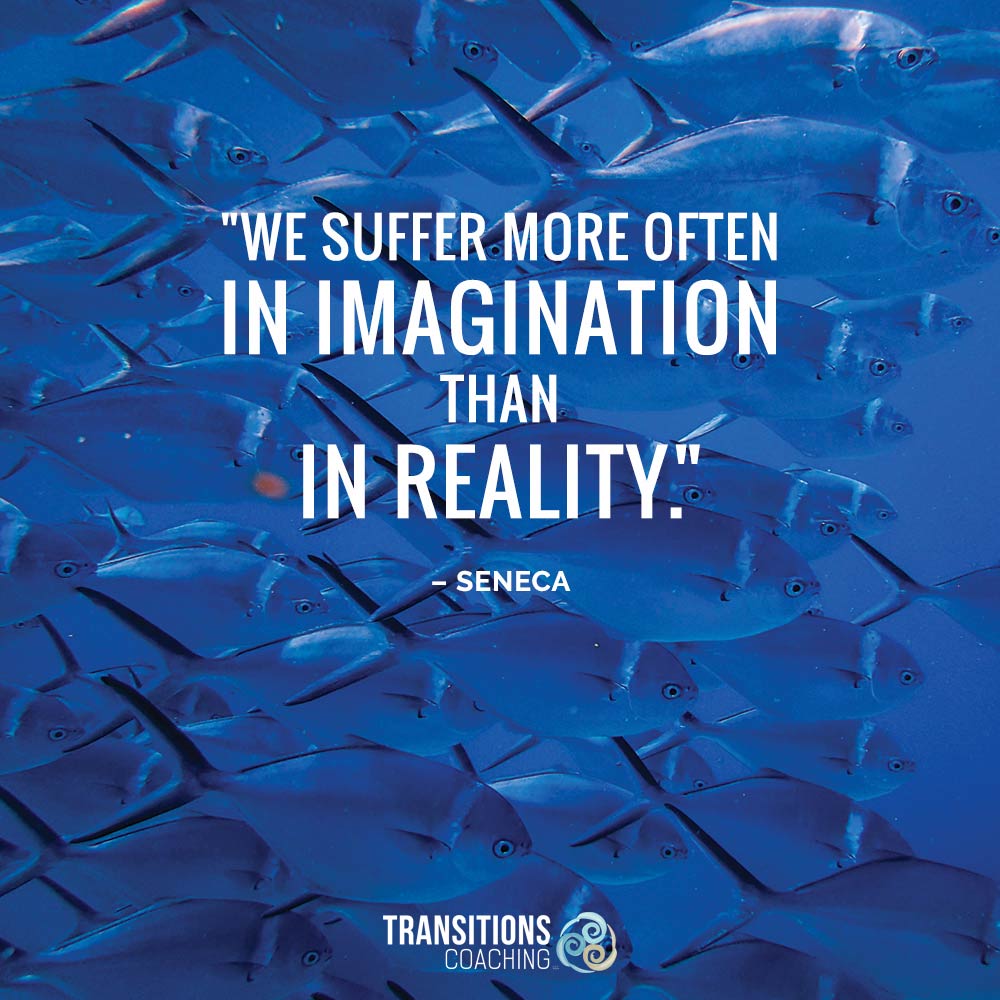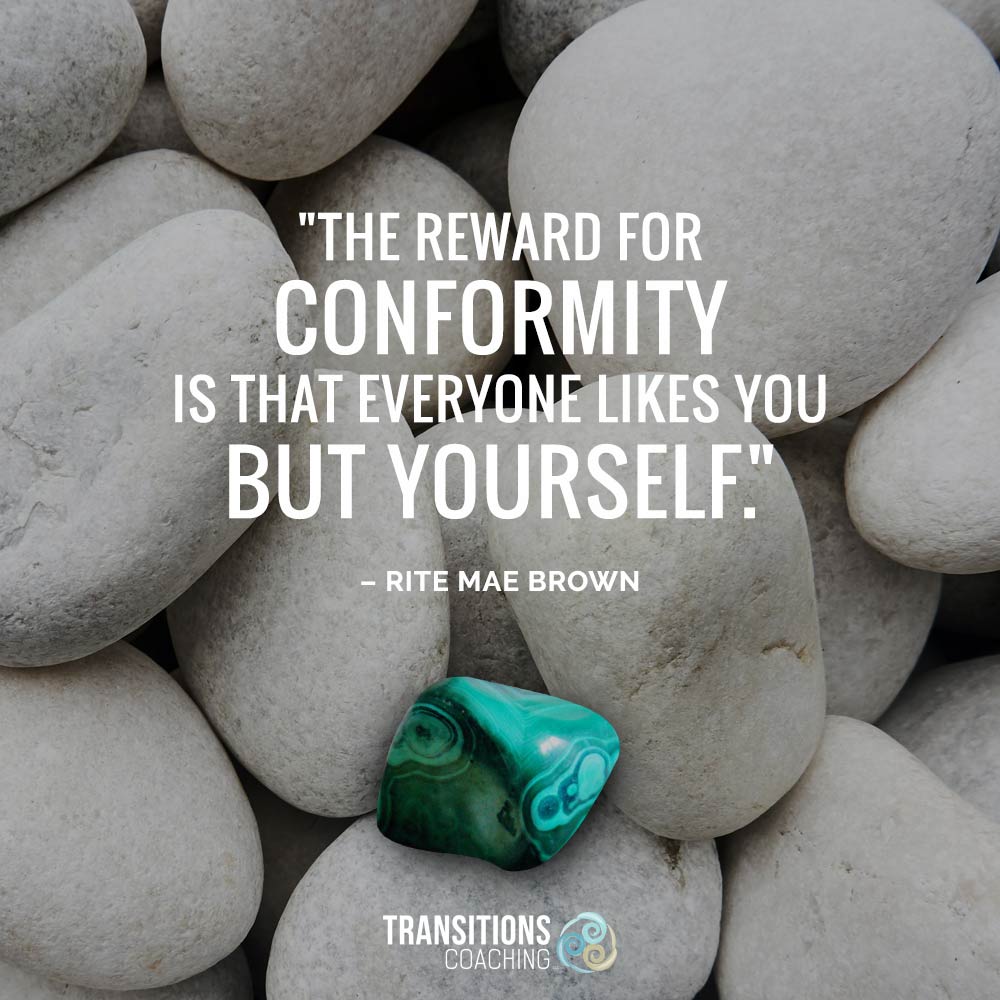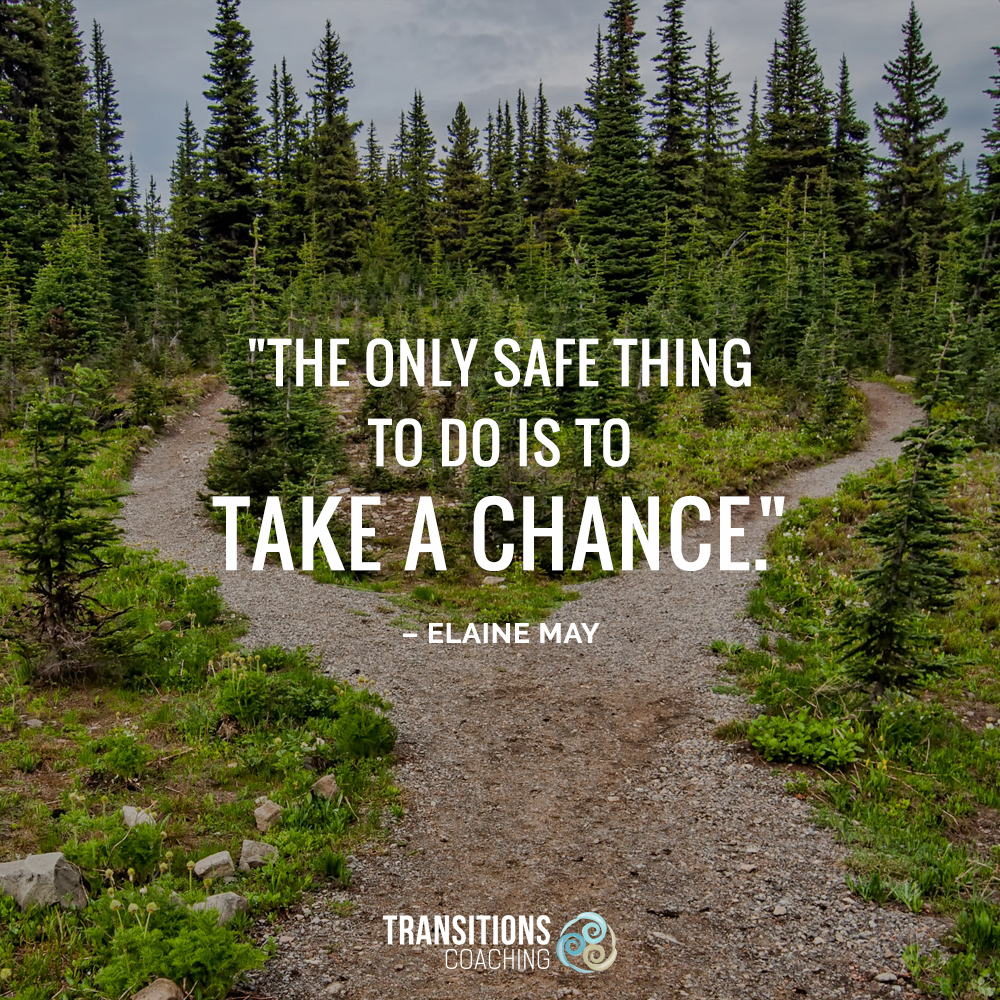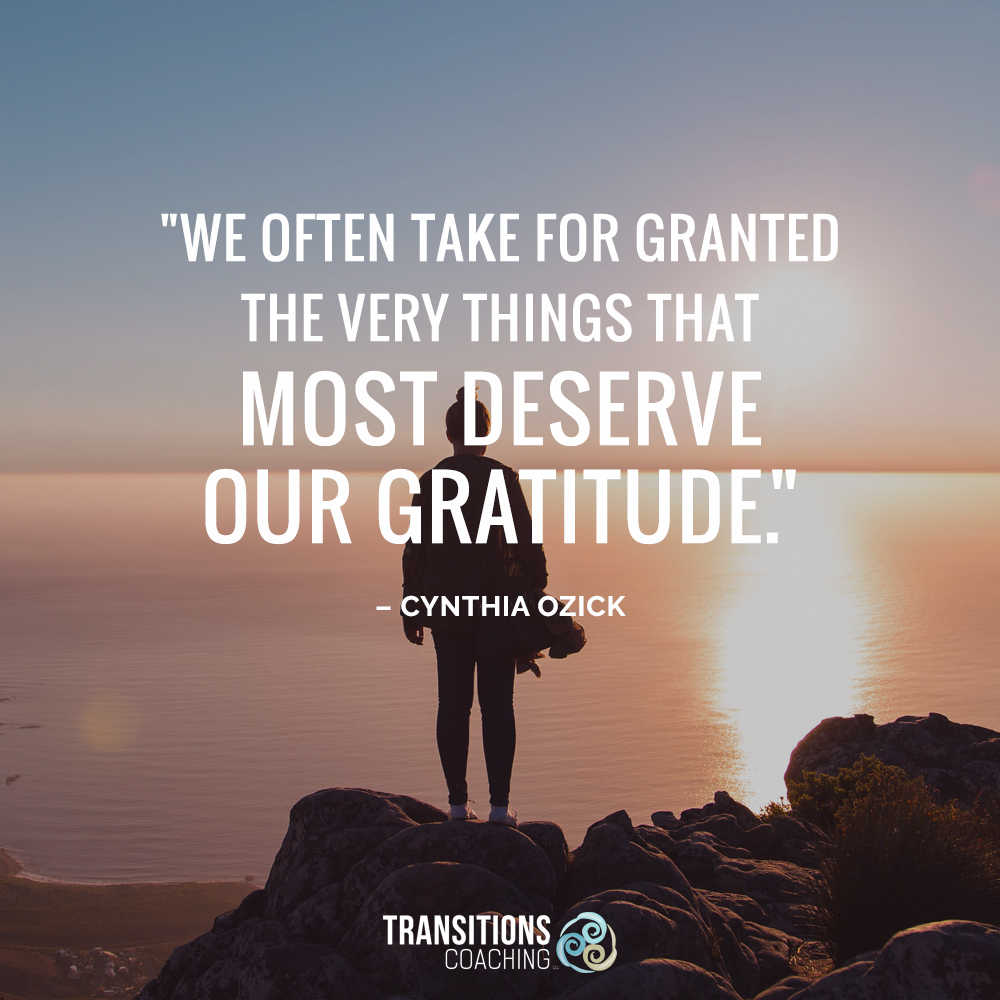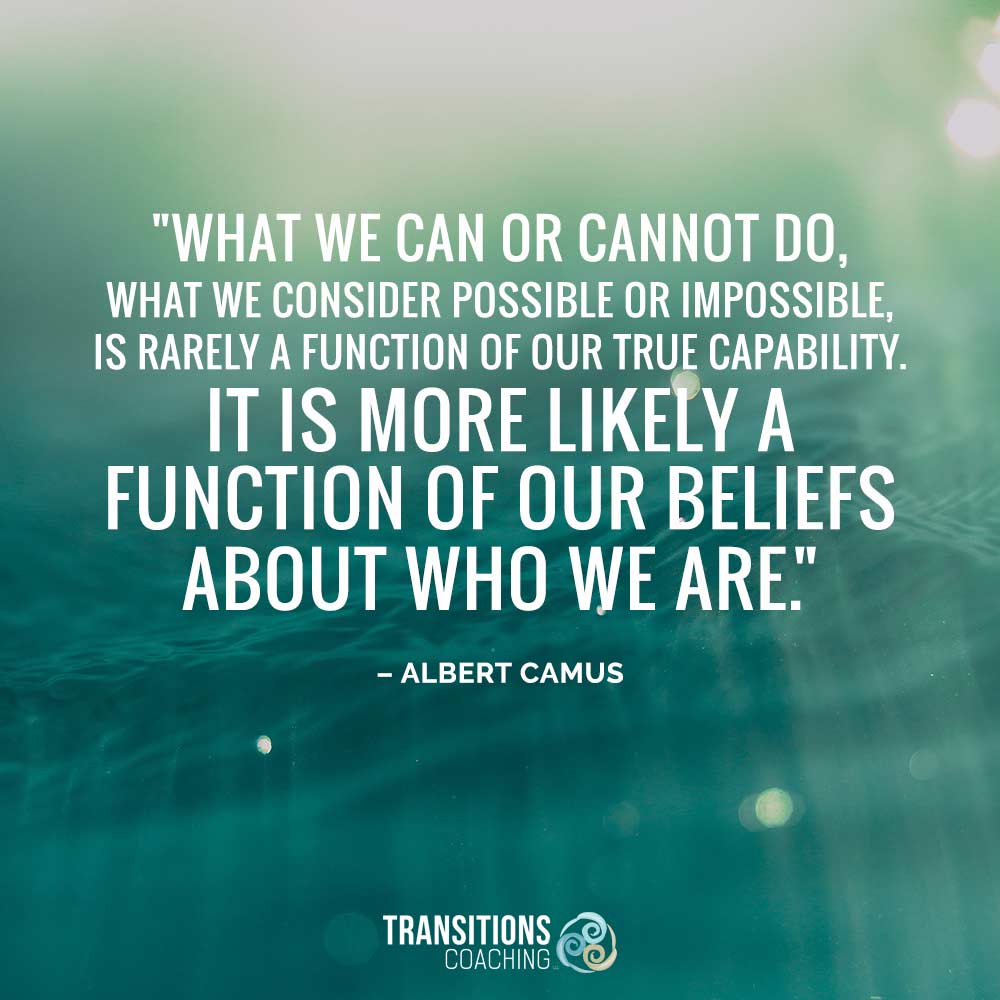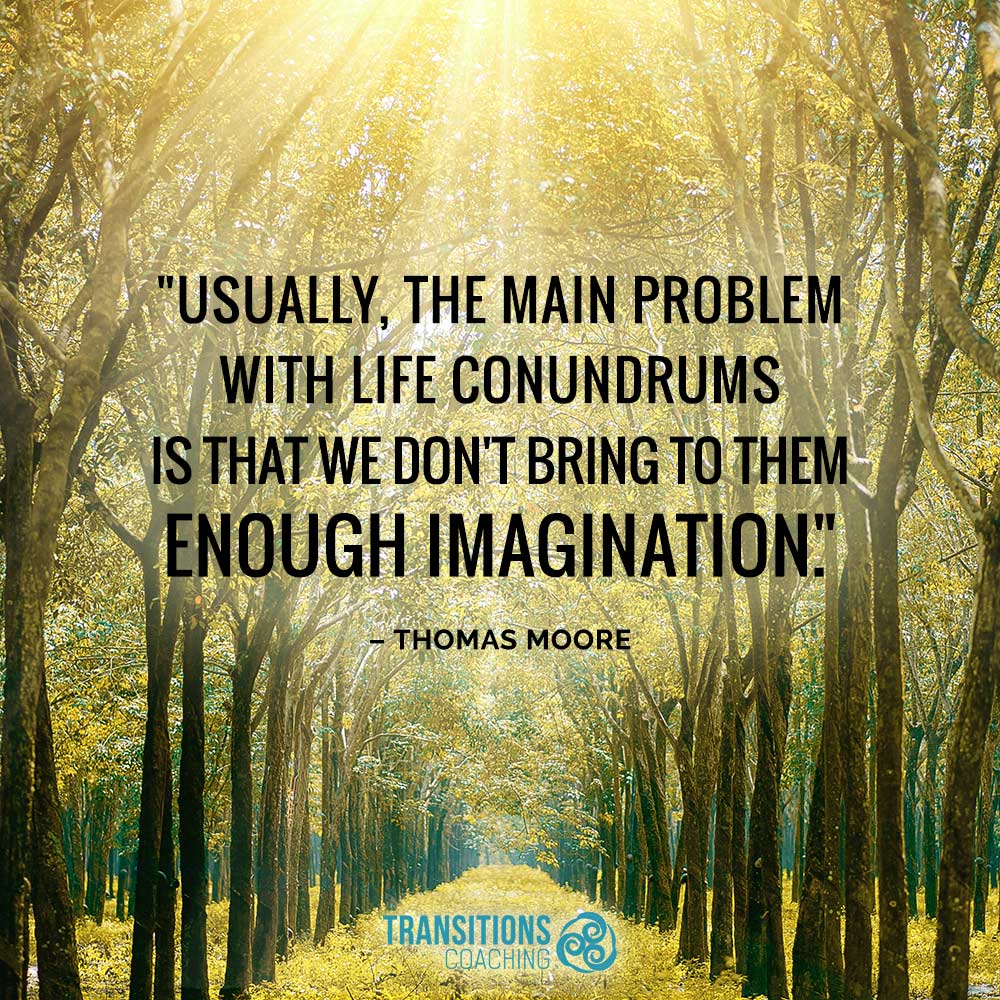
Everywhere you turn, AI dissenters seem to be arguing that artificial intelligence is a threat to humanity. They say that not only is AI poised to steal our jobs, but it’s also disrupting human connection, eroding our empathy, and challenging our ethics. At Transitions Coaching, we help people live, work, and lead more humanly. With that emphasis on our humanness, you might assume we fall in line with the AI naysayers. But we believe that to be human is to be curious, and our curiosity compels us to embrace exploration, examine alternative angles, and look at things from different perspectives. Read more.



